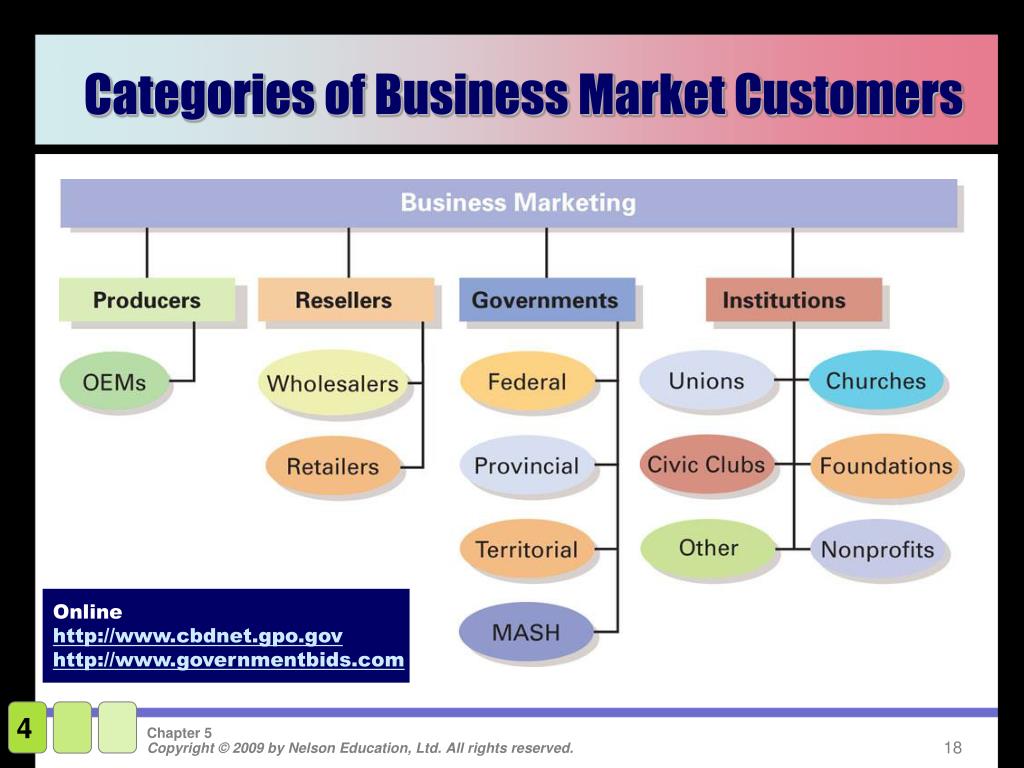B2B Markets
Business-to-business markets: buying and selling when the stakes are high
 Photo courtesy of gettyimagesOpens in new window
Photo courtesy of gettyimagesOpens in new window
|
Business-to-business (B2B) marketing refers to the marketing of goods and services that businesses and other organizations buy for purposes other than personal consumption.
Many marketers know that the “real action” more likely lies in business-to-business marketing solutions such as office supplies, work safety shoes, group medical insurance, machine components or construction products that other companies sell to businesses and organizations. In fact, some of the most interesting and lucrative jobs for young graduates are in industries you’ve probably never heard of because these businesses don’t deal directly with consumers.
As with an end consumer, a business buyer makes decisions – but with an important difference: the purchase may be worth millions of euros, and both the buyer and the seller have a lot at stake. A consumer may decide to buy two or three T-shirts at one time, each showing a different design.
Leading companies such as British Airways, Shell and Pizza Hut buy hundreds, even thousands, of employee uniforms embroidered with their corporate logos in one single order.
Consider these transactions: IBM produces computer network servers to sell to its business customers; Unilever has contracts with several advertising agencies to promotes its brands at home and around the globe; the London Theatre Company buys costumes, sets and programmes; and the EU in Brussels places orders for thousands of new computers.
All these exchanges have one thing in common: they’re part of business-to-business (B2B) marketing, the marketing of goods and services that businesses and other organizations buy for purposes other than personal consumption.
Some firms resell these goods and services, so they are part of a channel of distribution. Other firms use the goods and services they buy to produce other goods and services that meet the needs of their customers or to support their own operations.
These business-to-business markets, or organizational markets, include manufacturers, wholesalers, retailers and a variety of other organizations, such as hospitals, universities and governmental agencies.
To put the size and complexity of business markets into perspective, let’s consider a single product – a pair of jeans. A consumer may browse through several racks of jeans and ultimately purchase a single pair, but the store at which the consumer shops has purchased many pairs of jeans in various sizes, styles and brands from different manufacturers.
Each of these manufacturers purchases fabrics, zips, buttons and cotton thread from other manufacturers – that in turn purchase the raw materials to make these components. In addition, all the firms in this chain need to purchase equipment, electricity, labor, computer systems, legal and accounting services, insurance, office supplies, packing materials and countless other goods and services. So even a single purchase of the latest style of Diesel jeans represent the culmination of a series of buying and selling activities among many organizations.
Categories of Business-to-Business Markets
As we noted earlier, many firms buy products in business markets so they can produce other goods. Other business-to-business customers resell, rent or lease goods and services. Still other customers, including governments and not-for-profit institutions such as the Red Cross or a local church, serve the public in some way.
In this section, we’ll look at the three major classes of business-to-business customers – producers, resellers and organizations (Figure X-1). Then we’ll look at how marketers classify specific industries.
 Figure X-1 The business marketplace
Figure X-1 The business marketplaceSource: The Internet via SlideServeOpens in new window |
- Producers
Producers purchase products for the production of other goods and services that they in turn sell to make a profit.
For this reason, they are customers for a vast number of products from raw materials to goods manufactured by still other producers. Airbus buys engines, high-tech navigation systems, passenger seats and a host of other component parts to put into its planes.
The French hotel chain Accor purchases linens, furniture and food to produce the ambiance and meals its guests expect.
- Resellers
Resellers buy finished goods for the purpose of reselling, renting or leasing to other businesses.
Although resellers do not actually produce goods, they do provide their customers with the time, place and possessions, by making goods available to consumers when and where they want them. For example, French supermarkets chain Carrefour buys toothpaste, soft drinks, clothing and thousands of other product lines to sell in its retail shops.
- Organizations
Governments may be the only customers for certain products – Typhoon fighter jets, for example. But much governmental expenditure is for more familiar and less expensive items. In any one year, the national government in any one of the largest EU countries is likely to purchase a range of goods and services, ranging from thousands of notepads and paintbrushes, to rail tickets, hotel rooms and the like.
To inform possible vendors about purchases they are about to make, governments regularly make information on forthcoming purchases available to potential bidders. The EU government provides information on business opportunities and tenders through the Official Journal of the European Union, and suppliers can easily seek opportunities through scanning the journal.
Not-for-profit institutions are organizations with educational, community and other public-service goals, such as hospitals, churches, universities, museums and charitable and lobby groups. These institutions tend to operate on low budgets. Because non-professional part-time buyers who have other duties often make purchases, these customers may rely on marketers to provide more advice and assistance, both before and after the sale.
The Standard Industrial Classification (SIC) system
In addition to looking at business-to-business markets within these three general categories, marketers can identify potential customers using the Standard Industrial Classification system (SIC). This is a numerical coding system whereby companies that operate within specific industrial sectors (their SIC code) can be identified.
Firms may therefore use the SIC system to find new customers. A marketer might first determine the SIC industry classifications of his current customers and then evaluate the sales potential of other firms occupying these categories.

